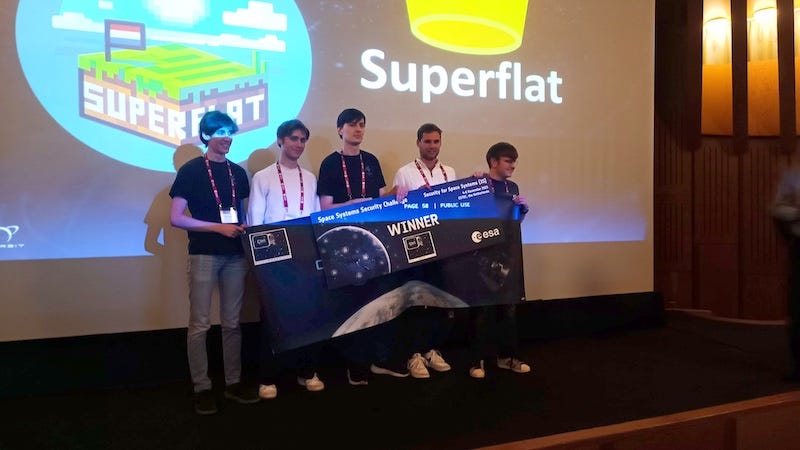CTRL+Space CTF: Europe’s First In-Orbit Capture-the-Flag Competition
Organized by D-Orbit and mhackeroni
Europe’s first in-orbit Capture-the-Flag (CTF) cybersecurity competition CTRL+Space CTF was conducted last week. The world’s first live CTF involving multiple satellites was organized by D-Orbit in collaboration with mhackeroni, one of Europe’s leading ethical hacking teams and multiple-time world CTF champions, with the suppo…




